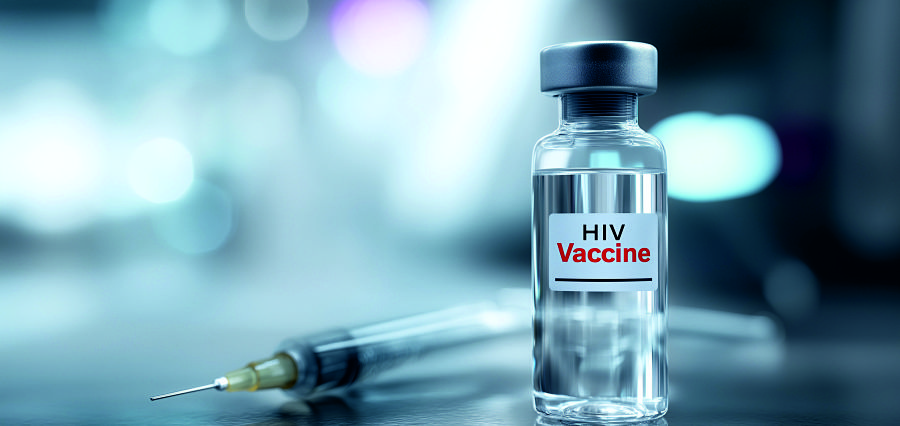The Future of Wound Healing
Advanced technologies have created a new revolution for the healing process in the field of health care. New technologies improve recovery periods and patient outcomes, but chronic wounds, including diabetic ulcers, pressure sores, and traumatic injuries, are an ongoing challenge. However, new innovations will enable healing faster, reduce complications, and prevent increased healthcare costs. These include innovations such as bioengineered skin grafts and nanotechnology that are going to be significant in the future of wound healing.
3D-Printed Skin and Bioengineered Grafts
Some of the most exciting developments in wound care can be found in the applications of 3D-printed skin, as well as bioengineered skin grafts. These technologies enable the construction of personalized skin grafts that can be cut to any size and shape a wound may need. Because they are not dependent on donor skin, 3D-printed skin may be manufactured from cells taken directly from patients; this should limit their potential for rejection and increase healing times.
An example is bioprinting in which the layer-by-layer creation of skin cells and biomaterials result in functional tissues. Scaffolds are being developed by researchers for the development of skin substitutes that offer a framework through which skin cells regenerate themselves. In some cases, it has been proven to be very helpful to patients such as those severely burnt or whose tissue has destroyed much tissue that traditional grafts cannot be effective.
A study, published in Science Translational Medicine, found 3D-printed skin grafts to be a tool to help patients recover from wounds that earlier required the need for multiple surgeries and extensive medical care. In principle, it might save the time that wound care patients must spend within the hospitals, create less noticeable scarring, and influence their general quality of life.
Smart Wound Dressings
The second innovation shaping the landscape of wound care includes smart wound dressings. Advanced dressings are able to keep abreast of the wound environment and then transmit these real-time findings back to healthcare providers. Smart dressings, equipped with sensors, can detect signs of infection; monitor the levels of moisture, pH balance, and temperature changes-marginal areas for preventing complications and speeding healing.
For instance, drug-releasing dressings based on nanoparticles that respond to triggers at the specific site-where for instance, there is a bacterial infection and inflammation-can fight infection and inflammatory processes. Such dressings may directly fight infection and inflammation actively; thus, they reduce healing time. Some other smart dressings incorporate hydrogel technology, which maintains optimal moisture levels to support cell migration and tissue repair.
A new recent scientific article published in Advanced Functional Materials has also shown that smart dressings effectively reduce the infection rate and provide more targeted or personalized therapy to chronic wounds. The real-time feedback enables healthcare professionals to change the plan of treatment promptly; otherwise, a wound may deteriorate due to the change in the direction of treatment, but it is avoided with smart dressings, and the patient’s recovery rate increases.
Stem Cell Therapy
The regenerative properties of stem cell therapy have attracted much attention as a possible game-changer in wound healing. MSCs particularly promise promising healing effects, such as the promotion of growth of new cells, reduction in inflammation, and promotion of new vessels or blood vessels (angiogenesis).
They can be classified into skin, muscle, and connective tissues, that are all highly important for the healing of wounds. Thus stem cell therapy would represent the tool through which tissues that could not be otherwise healed in patients with chronic wounds are restored due to various underlying conditions such as diabetes and poor circulation.
In clinical trials, patients given the therapy that contained stem cells showed faster closure of the wound together with tissue quality compared to those administered standard treatments. This technology has also been explored for cell-free therapies, where growth factors and exosomes derived from stem cells are applied to the wound to stimulate healing without the need for live cells.
Nanotechnology in Wound Healing
Nanotechnology will influence the wound care field as it will deliver antimicrobial nanoparticles and nanofibrous scaffolds to the wound site for enhanced body natural healing processes. Nanoparticles may be drug carriers, prevent infections, or trigger new tissue growth at the microscopic level.
For example, silver nanoparticles demonstrate excellent antimicrobial activity and are starting to be incorporated in wound dressings that can prevent infection at the initial stages and promote wound healing. Nanofibrous scaffolds, as indicated in Fig. This is due to favorable biocompatibility and degradability of material used, which provides scaffolding for regeneration of cutaneous tissue and better healing.
More studies have proved that wounds treated with nanoparticle-infused dressings have reduced inflammation and healing times compared to treatment with the conventional kind of dressings. In short, nanotechnology delivers therapeutic agents with maximum precision exactly where they are needed-at the site of disease or injury, thereby reducing side effects and augmenting recovery.
Regenerative Growth Factors and Gene Therapy
Indeed, the second frontier is the use of growth factors and gene therapy to treat wounds to induce regeneration. On the other hand, the growth factors PDGF and VEGF are indeed very important because they stimulate cell proliferation and angiogenesis in the body’s natural healing process.
The growth factors can be incorporated into wound dressings to promote healing in patients suffering from diseases that impede natural healing, such as diabetes or peripheral artery disease. Direct injections into the wound site can also enhance healing. Gene therapy attempts to treat the genetic cause of slow wound healing by introducing genes for the regeneration of tissue and reduction of inflammation.
The gene therapy, which researchers published in Wound Repair and Regeneration, was extremely efficient in enhancing the healing of diabetic patients with chronic ulcers. Such treatment has good closure of wounds and relatively low recurrence rates.
A New Era for Wound Care
Advanced technologies such as 3D-printed skin, smart dressings, stem cell therapy, nanotechnology, and regenerative growth factors are so pushing the boundaries of what might be possible in wound healing. As long as this new technology arises, new possibilities open up for faster recovery or more effective recovery, and also particularly for those patients suffering with chronic or hard-to-heal wounds. The evolution of these technologies will improve patient outcomes and reduce healthcare costs because complications, infections, and long treatment hours will be reduced.
This future in wound care would be one of personalization, technology, and patient-centered care – a promise that hopes to revolutionize and dramatically improve quality of life for patients worldwide in treating their wounds.









